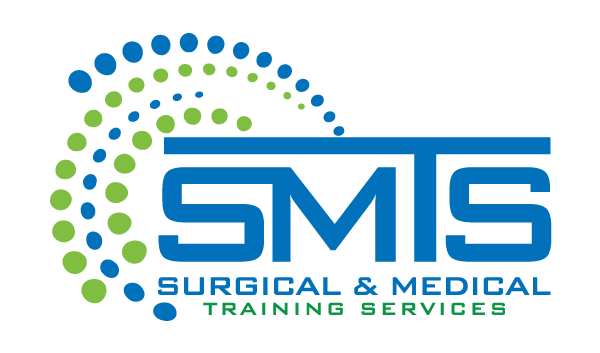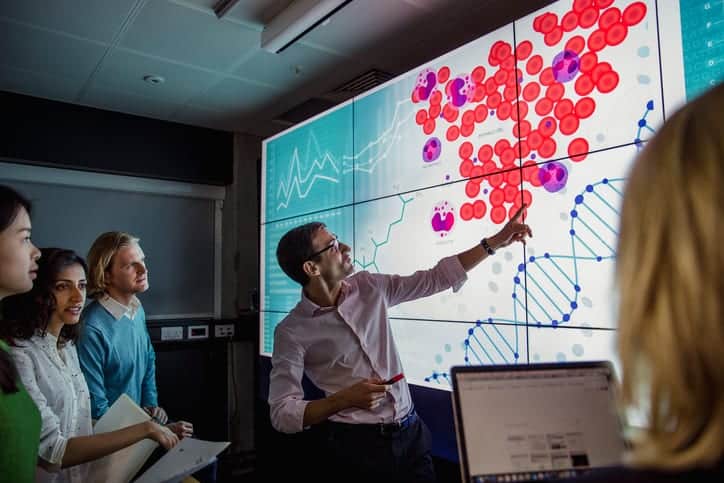Gaming and medicine are not two concepts we would normally put together. However, so much has changed in the methodology of medical training over the years that we are now in the era of virtual reality and online systems. Gamification is the term which describes the process of harvesting characteristics of traditional games and applying them to a non-game setting. This concept is increasing in popularity among medical schools as a way to increase student engagement beyond lectures and textbooks. Here, we look at three ways in which gamification is currently being utilized.
HEALTHY COMPETITION
Several years ago, a professor at the University of Alabama Birmingham School of Medicine developed a multiple-choice quiz game that could be played online. This game let students test their clinical knowledge of internal medicine and even earn “badges” for quizzing themselves daily. Since this early use of gaming in medicine, the quiz-technique has expanded into other areas of medicine, including obstetrics and gynecology and emergency medicine. Students play independently or in teams, and can play against one another or a “digital opponent.”
VIRTUAL REALITY EMERGENCY SITUATIONS
Students at Stanford University School of Medicine may be exposed to a mass casualty experience thanks to a virtual reality “game.” This experience offers the student user 10 points within the storyline at which they choose a triage category and determine the appropriate intervention for their patient. Points are earned based on their response to their selected triage category.
ESCAPING AS A TEAM
Escape rooms have sprouted up all over the country, offering people the opportunity to complete tasks and solve puzzles to find their way to freedom – all in the name of fun, of course. Recently, a group of residents and a faculty member at Thomas Jefferson University Hospitals in Philadelphia took this concept and developed a non-threatening, low-stakes way for emergency room personnel to build their teamwork skills. In this setting, teams were rewarded for effective leadership and the ability to work as a team.
We are in a new era of medicine in which students and up-and-coming physicians are much more geared toward technology than their predecessors. However, one fact about healthcare that will never change is that doctors are treating real, live humans. As much as technology has evolved, there is no replacing training that involves human cadaver labs for understanding human tissue and how it responds both to disease and to innovative medical devices.
Learn more about the bioskills courses and mobile facilities offered by SMTS – Surgical & Medical Training Services. Call (888) 801-9444.

